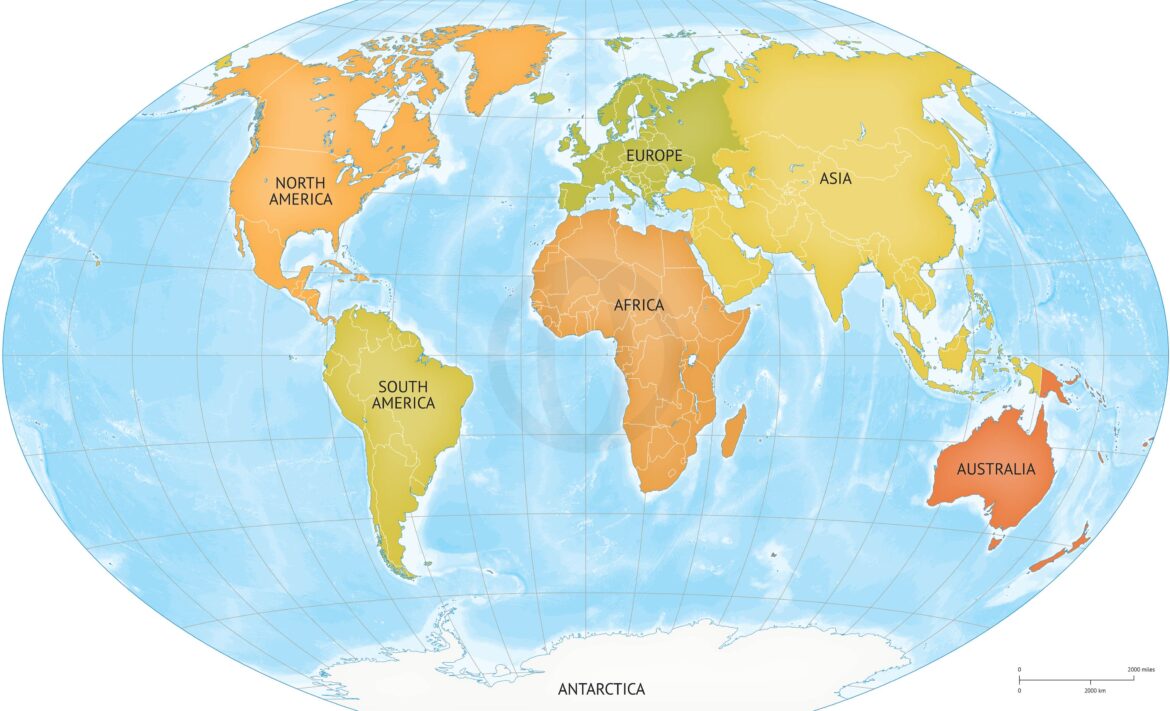Guatemala, a vibrant and culturally rich nation, is nestled in the heart of Central America, sharing borders with Belize to the northeast, Mexico to the north and west, and Honduras and El Salvador to the southeast. This geographical positioning bestows upon Guatemala the honor of being a pivotal intersection of diverse cultures, rich histories, and transformative civilizations. While often overshadowed by its more prominent neighbors, Guatemala’s unique blend of geography and cultural heritage offers a fascinating perspective into the fabric of Central America.
The geography of Guatemala is characterized by its mountainous terrain, lush rainforests, and striking volcanic landscapes. The Sierra Madre mountain range slices through the western region, providing dramatic elevations that contribute to the nation’s stunning vistas. Volcanoes, such as Fuego and Pacaya, are active reminders of the earth’s dynamic nature, shaping the land and influencing local climate patterns. These natural features are not merely significant in a geographical context; they form a canvas upon which the cultural and spiritual identities of the Guatemalan people have evolved.
Central America, as a whole, is often regarded as a bridge—a concept that transcends mere geography. This tiny isthmus connects North and South America, yet it possesses a distinct identity filled with rich indigenous history and colonial influences. Within this framework, Guatemala stands out. The interplay of Mayan heritage, Spanish colonization, and contemporary influences creates a mosaic of traditions, languages, and religions that inform the everyday lives of its inhabitants.
From a Christian perspective, the cultural milieu of Guatemala becomes even more intriguing. The arrival of Spanish missionaries in the 16th century facilitated the substantial spread of Christianity throughout the region. As these missionaries sought to convert the indigenous populations, Christianity intertwined with local beliefs and practices, resulting in a syncretic blend that is still evident today. Thus, the influence of Christianity in Guatemala is not merely a question of doctrinal adherence; it reflects a complex dialogue between faith and culture.
Thus, while the predominance of Catholicism is apparent, there exists a tapestry of spiritual beliefs that coalesce within the Guatemalan identity. For instance, one can observe the celebration of various saints’ days and traditional Indigenous ceremonies that evoke a profound sense of community and spiritual connection. The Fusion of Catholic traditions with Mayan rituals provides a window into the Guatemalan worldview, where faith often envelops daily life and routine.
Additionally, indigenous populations maintain a significant presence in Guatemala, with more than 20 distinct groups. These groups often hold deep spiritual connections to their ancestors and the land itself. Their customs, dialects, and art forms serve as a vibrant reminder of the enduring resilience of their cultures. The coexistence of these rich traditions alongside the Christian faith underscores a profound characteristic of Central America—a culture that is defined not by singularity, but by a brutal yet beautiful amalgamation of beliefs and practices.
Moreover, Guatemala’s geographical position influences not just its cultural outlook, but also its socio-political dynamics. As a country with a significant percentage of rural populations, many communities rely on agriculture, particularly the cultivation of coffee, maize, and various fruits. These economic activities are interwoven with spiritual beliefs, as many indigenous farmers invoke blessings from both the Christian God and their ancestral spirits to ensure a bountiful harvest. This brings to light a unique socio-cultural synergy that inhabits the heart of Guatemalan life—one that is continually influenced by the land, history, and faith.
The struggles and triumphs embedded within Guatemala’s historical narrative further accentuate the complexity of its identity. Civil unrest and a protracted civil war throughout the latter half of the 20th century cast a shadow over its history, affecting both its geography and its population. The path toward healing and reconciliation continues to shape the collective consciousness, foster dialogues around faith, hope, and redemption, which echoes through communities across the nation.
This juxtaposition of history, geography, and culture evokes profound interest, inviting reflection on the resilience of the human spirit. The landscapes—rugged mountains, serene lakes, and lush forests—bear witness to the trials and tribulations of its people while serving as a palette from which stories of faith and survival are painted. Guatemala’s colorful markets, festive celebrations, and emotional connection to their ancestry prompt contemplation about the ties that bind individuals to their land and faith.
Ultimately, Guatemala is a testament to the intricate relationship between geography and culture, especially when viewed through a Christian lens. The fusion of ancient traditions with modern influences creates a society rich in diversity, resilience, and intricate belief systems. Exploring this vibrant land enriches our understanding of human experiences shaped by divine faith, cultural histories, and unyielding hope. As one engages with Guatemala—whether through its breathtaking vistas or its dynamic cultural landscape—there exists a palpable connection that resonates, revealing the profound depths of humanity’s quest for meaning and belonging.



